Grow bag pressed coconut fiber growing bag for strawberries
Grow bag pressed coconut fiber growing bag for strawberries
Grow bag pressed coconut fiber growing bag for strawberries
Hydroponic strawberries are making a difference! Growing without soil in nutrient solution, hydroponic strawberries are the trend of the future.
Grow bag strawberry growing bag can be used to grow strawberries hydroponically in all conditions, greenhouses, indoors or outdoors.
With the Strawberry Grow bag, hydroponic growers will see their plants have evenly distributed roots, faster root growth and healthier stems. This will result in more blooms and increased strawberry production.
The selected ingredients will be mixed and compacted to form slabs of the required size to grow different types of strawberries.
The panels are packed in extrusion bags, 2 layers, the white outer layer helps reflect sunlight better, does not absorb heat, the black inner layer prevents direct sunlight from getting inside, and has anti-radiation function. UV.
Several options are suitable for growing Strawberry plants.
Main ingredients: Coconut flakes and coco peat
Breathability: 25-30%
Popular size:
Dry Dimensions Wet Dimensions Weight
100 x 15 x 2.5 cm 100 x 15 x 10 cm 15L
100 x 15 x 3.0 cm 100 x 15 x 12 cm 18L
100 x 20 x 2.0 cm 100 x 20 x 10 cm 20L
100 x 20 x 3.0 cm 100 x 20 x 12 cm 24L
100 x 18 x 7.0 cm 100 x 18 x 16 cm 28.8L
The concept of the Grow Bag for pre-mixed media
Grow bag (also known as planting bag, carded coir…) is a large plastic bag filled with growing medium (substrate) and used to grow plants, usually tomatoes or other plants. other or recent salad plants used to grow strawberries, bell peppers, cucumbers. Growing media is usually based on soil-free organic material such as peat, coir, rotted green waste, composted bark or wood chips, or a mixture of these. Various nutrients are added, enough for one season's growth, so the end user usually just needs to plant and water. Planting is done first by placing the bag flat on the floor or bench of the growing area, and then cutting access holes in the top surface to insert the plants.
Planter bags were first made in the 1970s for home use, but their use has spread to the horticultural and horticultural markets. They come in a variety of sizes and formulations tailored to specific crops.
Before planting bags were available, greenhouse soil had to be replaced or disinfected every season between crops to prevent the accumulation of pests in the soil. Commercial growers can autoclave their ground, but this is not feasible for amateur growers, so grow bags were introduced. At the end of the season, the plants are treated and composted scattered across the outdoor borders. These bags should not be reused.







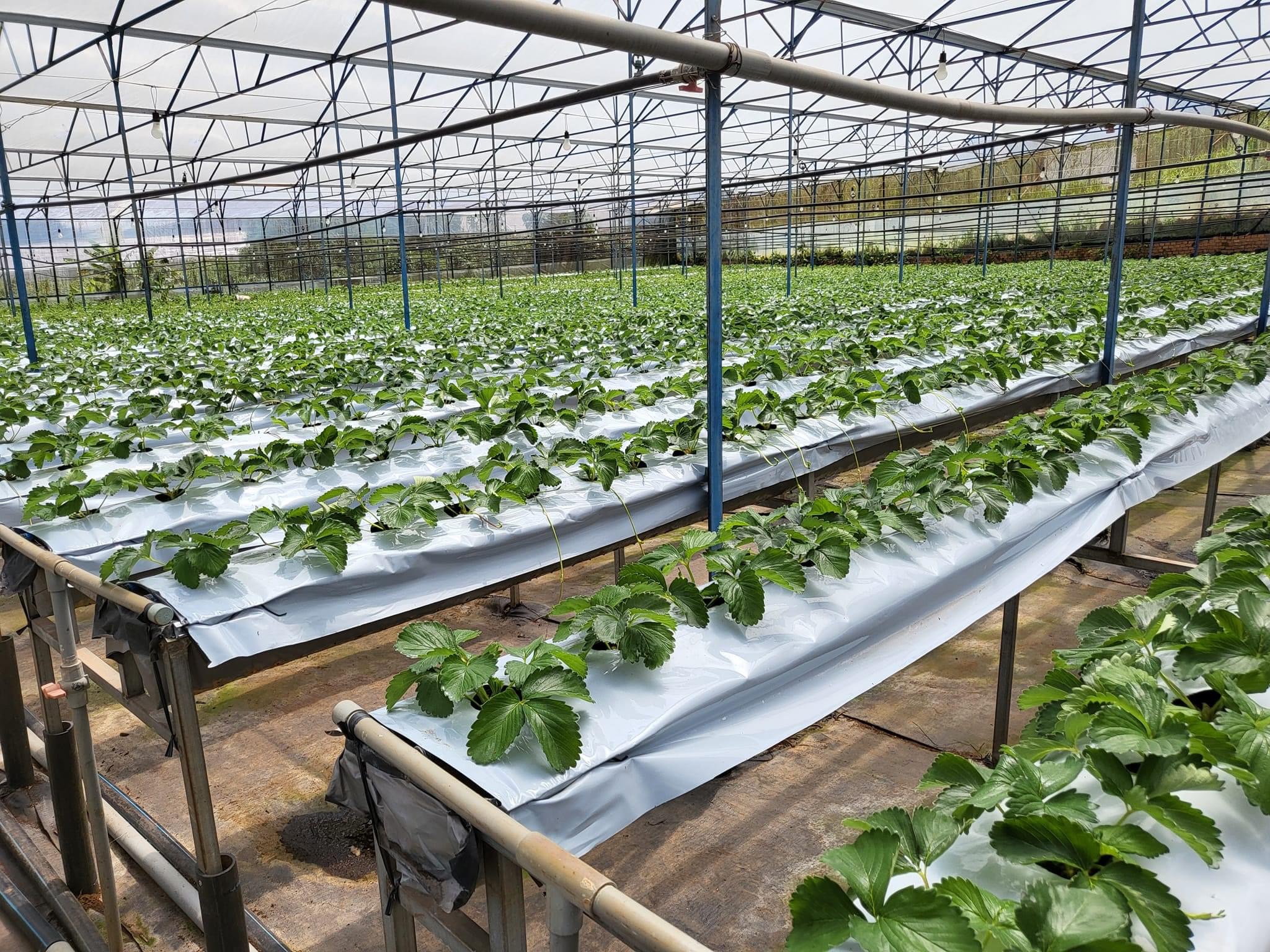








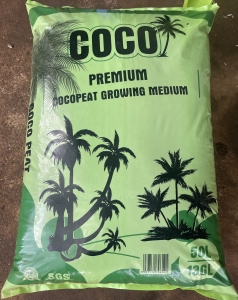
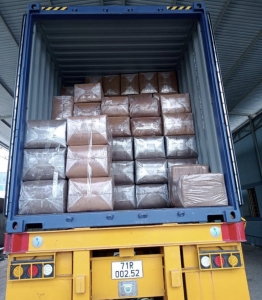
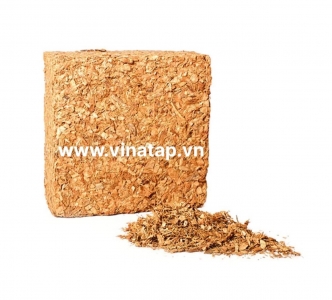
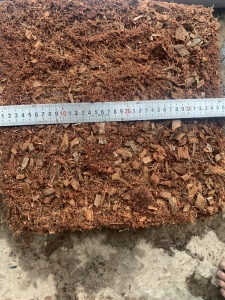
 Online: 31
Online: 31
 Total access: 4431007
Total access: 4431007